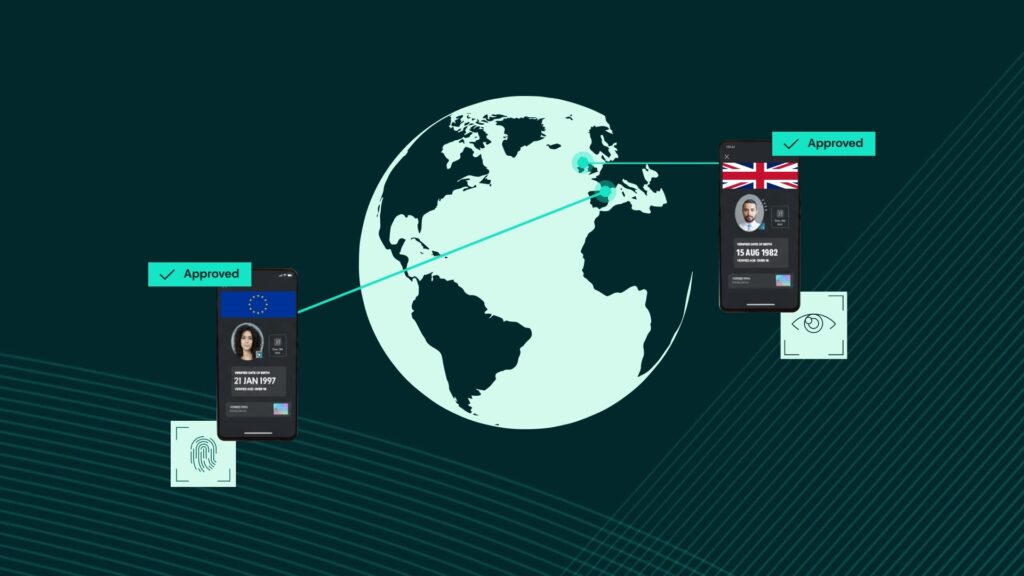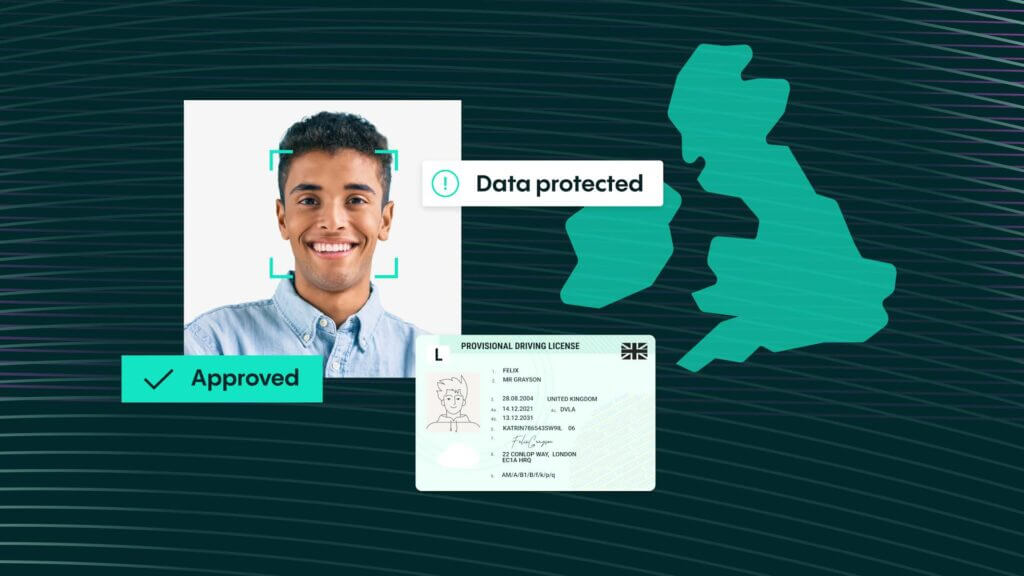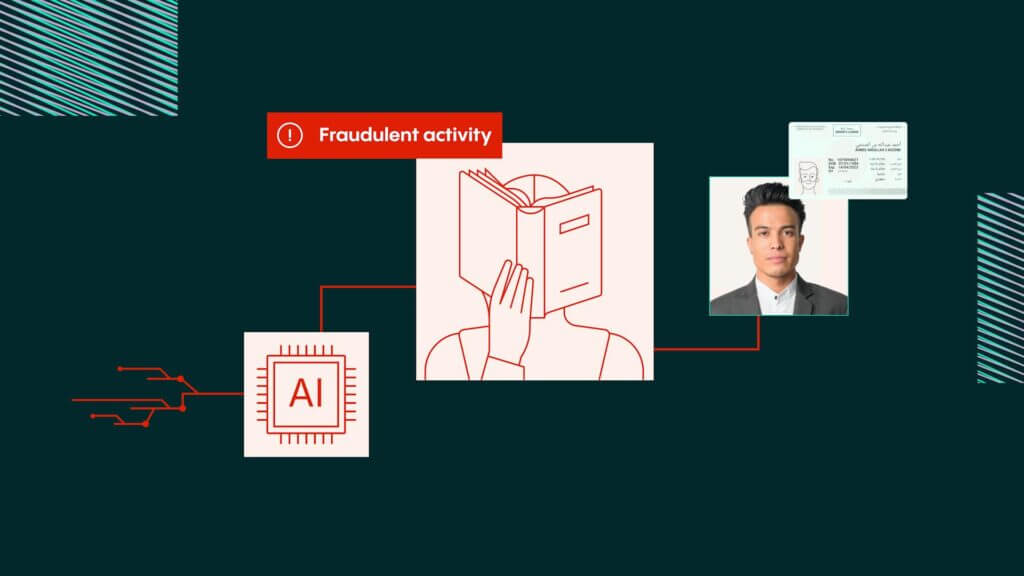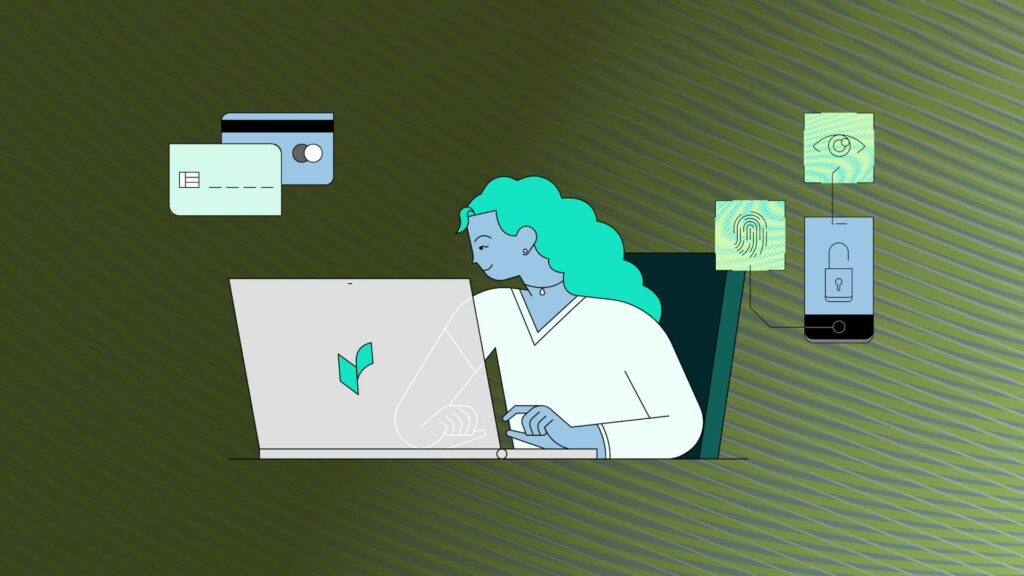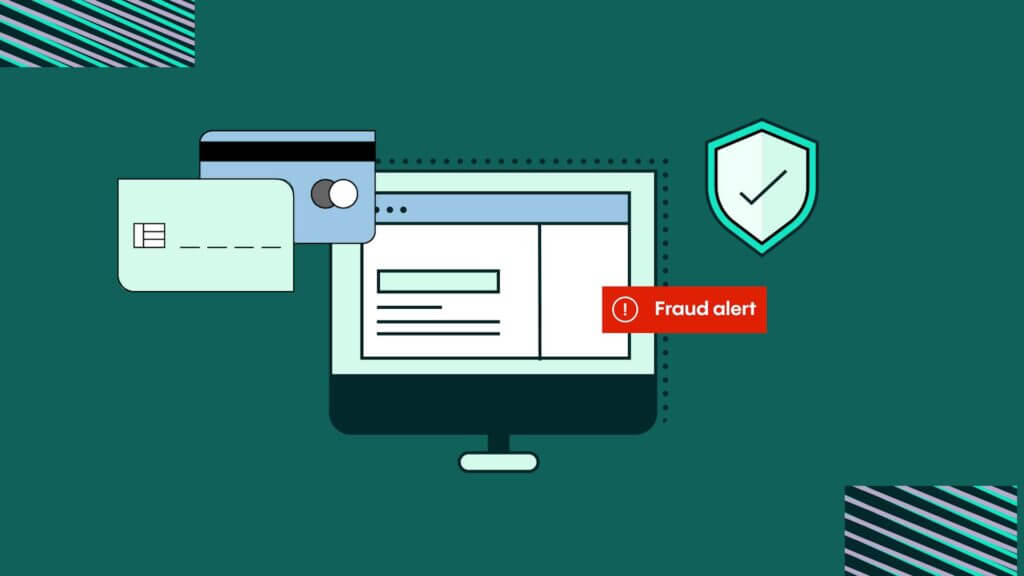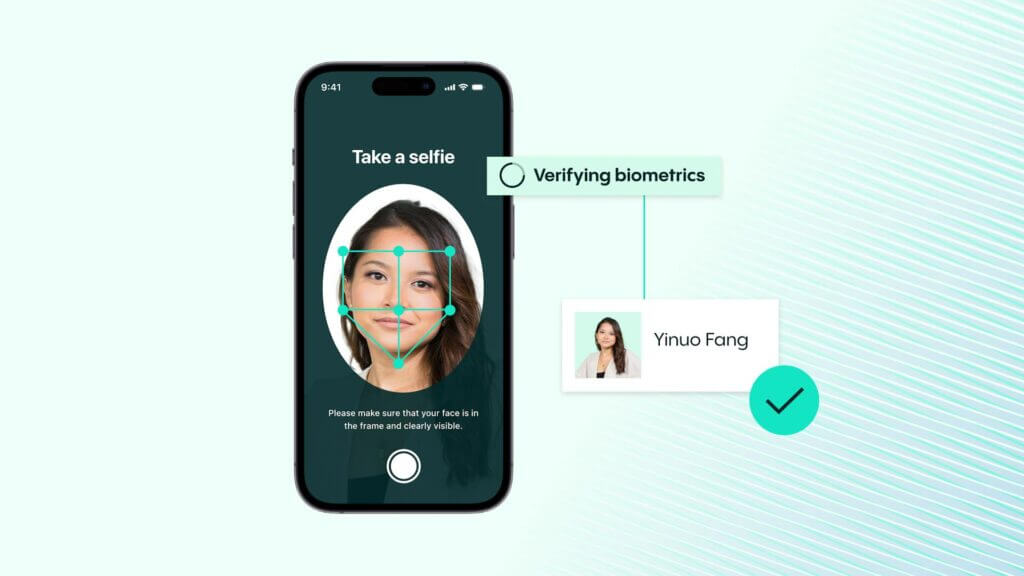IDV Article
How Simple is Identity Verification?
Figuring out if someone is being honest about who they are used to be challenging. But now, with so much technology and an array of different identity documents, it should be easy. But how easy is it?
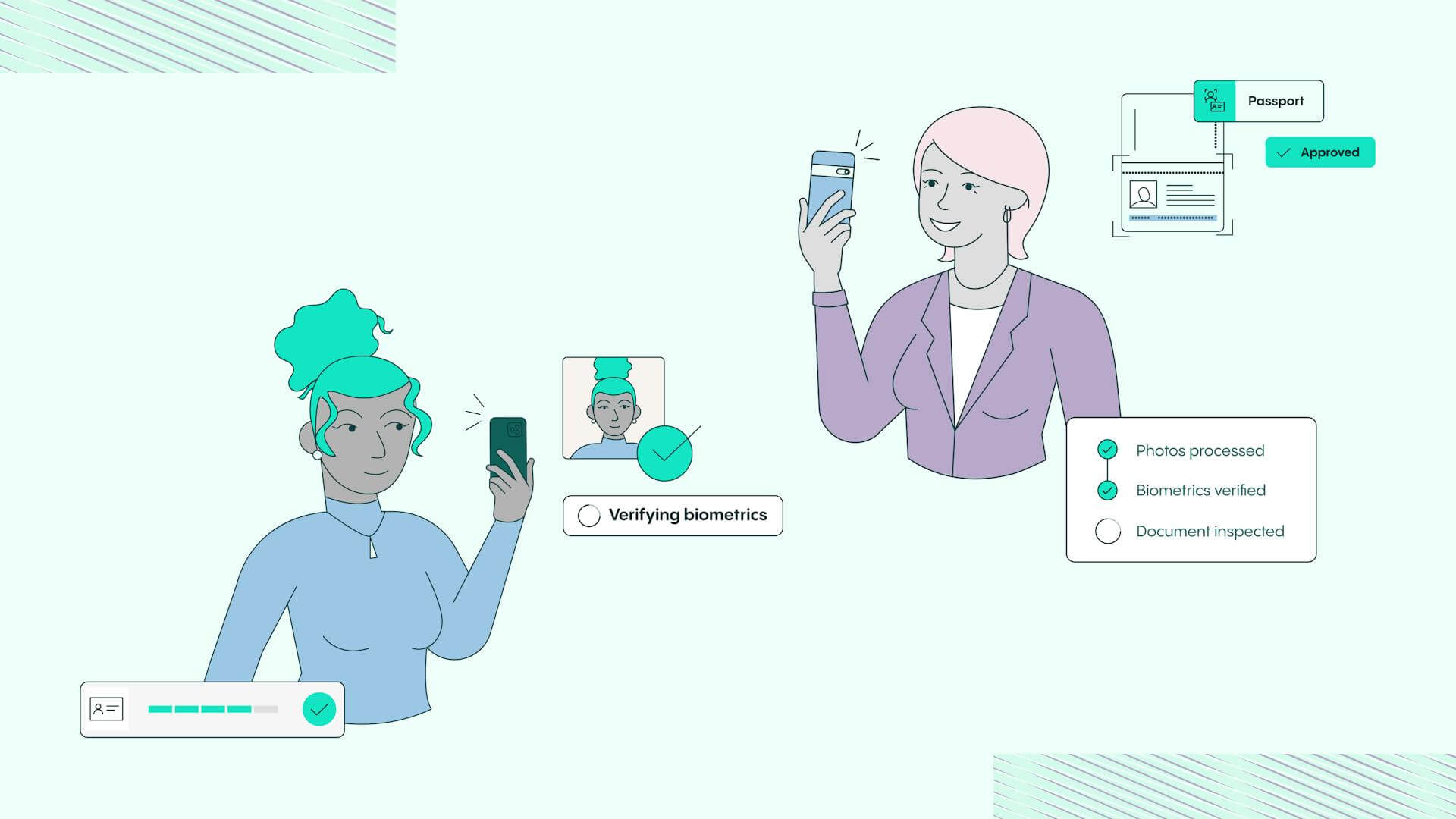
An identity is made up of a combination of characteristics. One characteristic isn’t normally enough to categorically and securely identify someone, but a combination usually is.
In its simplest terms, someone’s identity needs to be verified if they are using a service that requires personal information or if it is giving them something valuable. By effectively verifying someone’s identity, companies can be confident that they are providing the right people with the correct access to their services. The vast majority of identity verification is now conducted online and there is now no getting away from it; digital identity verification is necessary and is here to stay.
Many people are concerned that robust identity verification procedures will be complicated and will damage customer relations. In turn, users can be apprehensive about having to prove who they are by supplying personal data.
However, if managed correctly by a company like Veriff, identity verification should be a simple process that shouldn’t be invasive at all and should facilitate customer conversions rather than inhibiting them.
How has identity verification evolved?
Many years ago, the only method of identifying another person was by using your memory to remember their various facial features and physical details. This obviously does leave room for error and therefore different methods have slowly emerged:
- Jewelry: The oldest pieces of jewelry that were used for identity purposes are beads that date back 100,000 years. Even now, jewelry in the form of ‘dog tags’ are used in the army and specific bracelets are worn by people to identify their medical needs.
- Government census: Government Censuses are simple ways to identify populations, with the earliest mention of a census taking place in 3800 BC during the Babylonian Empire. The Roman Empire took this further and introduced a variety of identity verification documents like birth certificates and citizenship records which are still in use today.
- Passports: The conception of passports has long been credited to King Henry V of England who created a document in 1414 that enabled English citizens to prove their identity while in a foreign country. After WWII, photo IDs like passports became much more widespread.
- Fingerprints: A biometric breakthrough was made in 1858 by Sir William Herschel who found a way to precisely use ink fingerprints as manual signatures on documents like Wills and Deeds.
- Digital records: Believe it or not, there was a time before secure digital records were a thing! In 1977, the US was the first to computerize its paper records and simultaneously created a program that could cross-reference between different banking and governmental bodies.
- Identity smart cards: The digitization of personal records led the way for many countries to introduce smart cards that carry a variety of secure identity verification information. The first few countries to use these were Singapore, Germany and the Czech Republic.
- Biometric records: The world’s largest biometric digital ID system – The Aadhaar platform – was developed in India in 2010 and captures fingerprints and iris scans. Biometric verification went mainstream in the consumer market in 2013 when Apple implemented a fingerprint sensor on the iPhone 5S. This was made even more robust in 2017 when Apple introduced FaceID on the iPhone X.
We are now living in a world of rapidly developing technology, and this brings with it a growing threat of identity fraud. Identity verification processes need to keep evolving in order to remain as secure as possible, while being simple to use and easy to understand.
The process of identity verification
Identity verification has now evolved to be mainly digital and the process involves two key questions:
- Who are you? This is verified by comparing a person’s biometrics to a database of possible identities in order to match them and discover their identity.
- Are you who you say you are? This is distinctly different to the first question and it is the foundation of biometrics-based security. In the case of unlocking a phone for example, when you use your fingerprint to unlock your phone, you are comparing it to the fingerprint scan you have previously submitted.
There are many different options out there for companies looking to bolster their identity verification services. How much confidence a company has in an identity is determined by how many pieces of evidence they can collect to prove it.
New technology is being developed all the time to help ease the process and make it as simple as possible for people to use. Earlier in 2020, Veriff launched a new product, called Assisted Image Capture that means we can support a user in real-time by monitoring their biometric photo and advising if there are any issues with it. In a nutshell, it makes the process less daunting for consumers, boosts conversion rates and removes the more cumbersome and time-consuming parts of the identity verification process.
Why identity verification isn’t a barrier
Most people are already used to standard security measures, such as entering a PIN number or providing a digital signature. Even providing fingerprints is becoming increasingly prevalent in everyday life. However, some customers are concerned that identity verification processes are becoming more invasive and they are becoming suspicious of companies that require them.
As more of our life moves online, it is natural that high-risk transactions will require more robust systems and processes that may be perceived as invasive. However, ensuring an individual is who they say they are is a top priority for many businesses.
Good digital identity verification should be simple and let consumers to decide when, whether and with whom they share information about themselves. When done correctly it will inspire confidence and trust as a user will realize how well a company is looking after their data.
Transparency into why the process is being carried out in a certain way is also vital so that customers know their information is needed to meet compliance and regulatory requirements.
Identity verification processes have evolved enormously over the last few years. As long as digital processes continue to be carried out in a simple and transparent manner, there is no reason why this new wave of practices won’t soon feel as easy and natural as showing a passport at the airport.




